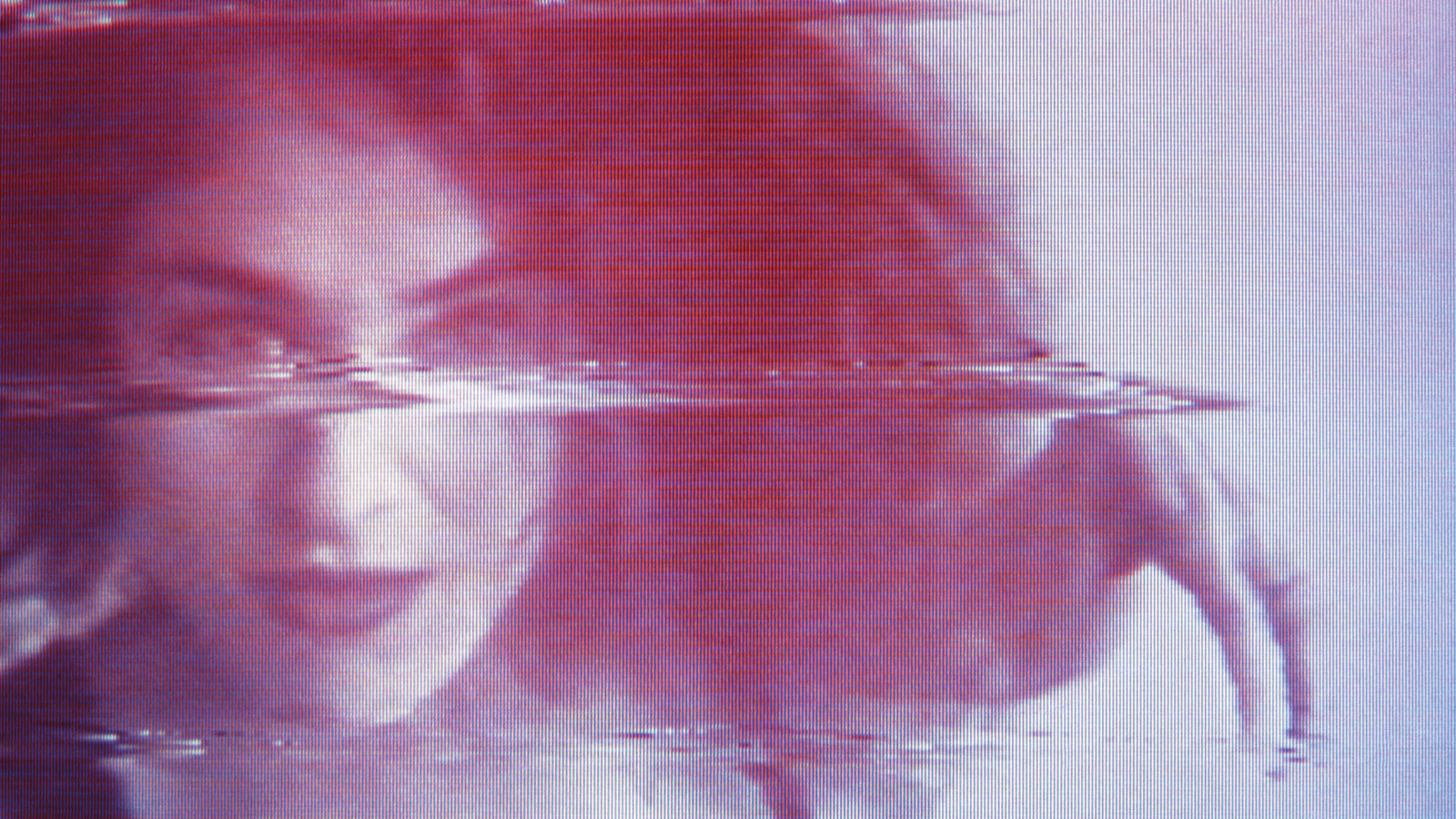CAM in Motion: 'Obstruction, Blurring and Deterioration'
Film cycle 'You can't see a thing there'
Event Slider
Date
Location
Jardim GulbenkianIn the new CAM in Motion film cycle, curated by Katherine Sirois, the title ‘You can’t see a thing there’ is a slight provocation that refers to questions of visibility and perception in images in motion, conditioned by effects such as unfolding, superimposition or multiplication, defocusing, transparency, obstruction or brightness, fragmentation or pixelation.
The title of this programme is a tribute to Daniel Arasse (Alger 1944-Paris 2003) who dedicated a large part of his life as an art historian to questions of representation and the journeys of the gaze in Italian Renaissance painting. Sensitive to the dazzle aroused by painting, he developed the practice of seeking out and detecting the subtle, humorous and often hidden stories behind the wonder of what appears at first glance. In his book On n’y voit rien, published in Paris in 2000, Arasse pointed out the enigmas and games of meaning contained in artists’ compositions.
The cycle exhibits a selection of videos which, in many cases, present an experimental work involving playful alterations of performative or pre-existing visual material through the use of current technologies. It aims to offer a reflection on the paradox of analogue and digital images, between their triumphant role of showing and their simultaneous dynamics of artifice, manipulation or deterioration.
The selection offers the public a mix of pioneering works that use analogue media and manual techniques, landmarks in the recent history of video art, and recent works produced by emerging artists.
The programme is divided into three sessions organised around various technical and conceptual approaches: ‘Obstruction, Blurring and Deterioration’, from 18 May to 24 June; ‘Manipulated ready-mades’, from 26 June to 5 August; and ‘Audio and visual collage’, from 7 August to 9 September.
CAM IN MOTION
CAM in Motion is an ‘outdoor’ programme that brings together a series of site-specific interventions by artists and exhibitions with works from the Collection in different spaces in the city of Lisbon and its surroundings. More info
Biographies
-
Katherine Sirois
Katherine Sirois (Montreal, 1975) is a Lisbon-based Canadian art historian and curator. In addition to writing essays for exhibition catalogues, she has authored texts on artists and artworks for museums, galleries and private collections. Most recently, she has worked with a number of young artists and curated exhibitions of contemporary art in galleries, private or public institutions and associations.
-
Fernando Calhau
Fernando Calhau (Lisbon, 1948-2002) graduated in Painting from the Lisbon School of Fine Arts in 1973. A year later, he received a scholarship from the Calouste Gulbenkian Foundation for postgraduate studies in printmaking at the Slade School of Fine Arts, London, and in 1975 he also received a work grant from the same Foundation. He learnt engraving with Bartolomeu Cid dos Santos, a factor that marked the beginning of his career, and held his first solo exhibition, ‘Gravuras Brancas’, at Cooperativa de Gravura, in Lisbon, in 1968.
-
Pipilotti Rist
Pipilotti Rist (Switzerland, 1962) is a pioneer of special video art. She has been a central figure within the international art scene since the mid-1980s, astounding the art world with her now famous single channel videos, such as ‘I’m Not The Girl Who Misses Much,’ 1986 and ‘Pickelporno,’ 1992. Her recent solo exhibitions are a site-specific installation ‘Hand Me Your Trust’, shown on the M+ Façade Hong Kong in 2023 and ‘Behind Your Eyelid’ at Tai Kwun Hong Kong (2022).
-
Fernando Moletta
Fernando Moletta (Brazil, 1994) is a visual artist with a Master’s degree in Sculpture from the School of Fine Arts of the University of Lisbon. His artistic work stems from an investigation into the burdens of modernism today through the confrontation of temporal notions that speculate on failure, the Anthropocene, allegorical plasticity and technological noise. His recent exhibitions include the solo shows ‘Três Falhos Tristes’ at the FBAUL Gallery and ‘O que há entre o acima e o abaixo?’ at the Blumenau Art Museum (Brazil).
Programme
'Obstruction, Blurring and Deterioration'
Fernando Calhau, 'Destruição', 1975
Pipilotti Rist, 'I’m not the Girl Who Misses Much', 1986
Fernando Moletta, 'Dispositivo para uma nova agenda. (On the Hunt)', 2022
Credits
Curator
Katherine Sirois
